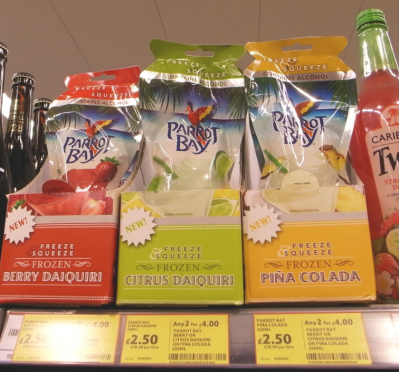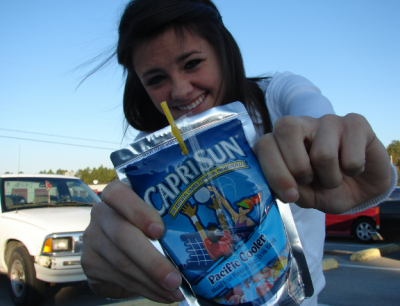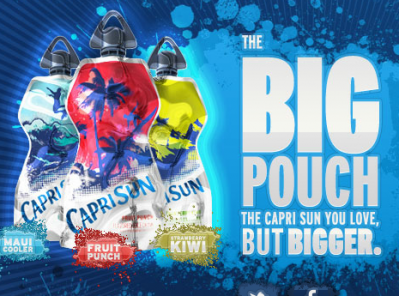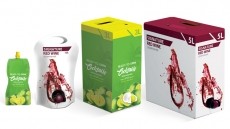BEVERAGEDAILY.COM SPECIAL EDITION: FLEXIBLE BEVERAGE PACKAGING
US analyst spies flexible favor in RTD tea, beer and sports drinks
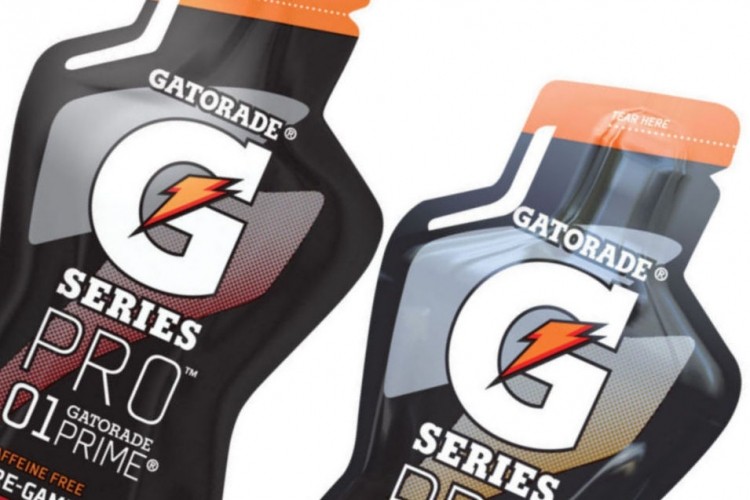
Iorillo, a packaging analyst at Freedonia, has pinpointed ready-to-drink tea products and beer as potential areas of growth for flexible packaging manufacturers.
“Ready-to-drink tea might be an area of growth for flexible packaging – this category has utilized a wide range of packaging formats from glass bottles to aluminum cans to plastic containers, so the category is not entirely wedded to one format or another in the consumer’s consciousness,” he said.
“Even in the beer market, where beer is generally associated with cans or bottles in the consumer’s mind, pouches are receiving some attention, particularly as an alternative to large-sized glass beer growlers," he said.
Iorillo added, however, that “significant inroads by flexible packaging in beer are unlikely outside of these niche applications.”
Sports drink “advantages”
Alongside the ready-to-drink tea category, Iorillo pinpointed the sports drinks sector as an area of further growth for the flexible packaging industry.
“In recent years, the sports drink category became a notable focus of flexible packaging adoption,” he said.
Iorillo referenced PepsiCo’s 2010 Gatorade Prime 4oz stand-up pouch (pictured) launch as a good example.
He heralded PepsiCo’s move to flexible packaging, “one of the first large scale pouched beverage launches since Kraft Foods’ Capri Sun in 1980s.”
“In this sports drink application, a pouch has significant advantages, including greater squeezability than bottles, lighter weight, and a better environmental profile, since pouches occupy less space in landfills,” he said.
He added, however, that outside of fruit drinks, wine, sports drinks and cocktails, there haven’t been a “significant amount of inroads” by the flexible packaging in the beverage industry.
“In many beverage categories, rigid formats have such an entrenched position that prohibits much competition from flexible alternatives. For example, in milk, the paperboard carton and plastic jug have become so associated with milk in the consumer’s mind that pouched milk hasn't been able to make significant inroads."
“Best prospects” with wine
Unsurprisingly, the best prospects for flexible packaging remain with wine, Iorillo said.
“In recent years, the bag-in-box format has undergone something of an image rehabilitation,” he added.
“In previous decades, boxed wine was perceived to be low in quality and not to be taken seriously by true wine aficionados, but over the last decade or so boxed wine has gained more respectability as many premium brands, like Black Box, began to adopt the format," Iorillo said.
The uptake of standing pouches and the classic bag-in-box format by well-known wine brands, and the increasing popularity of wine among Millennials will further “image rehabilitation,” Iorillo added.
“As more and more upscale brands begin to use the bag-in-box format, the format will eventually lose much of its low-end stigma,” he said.
